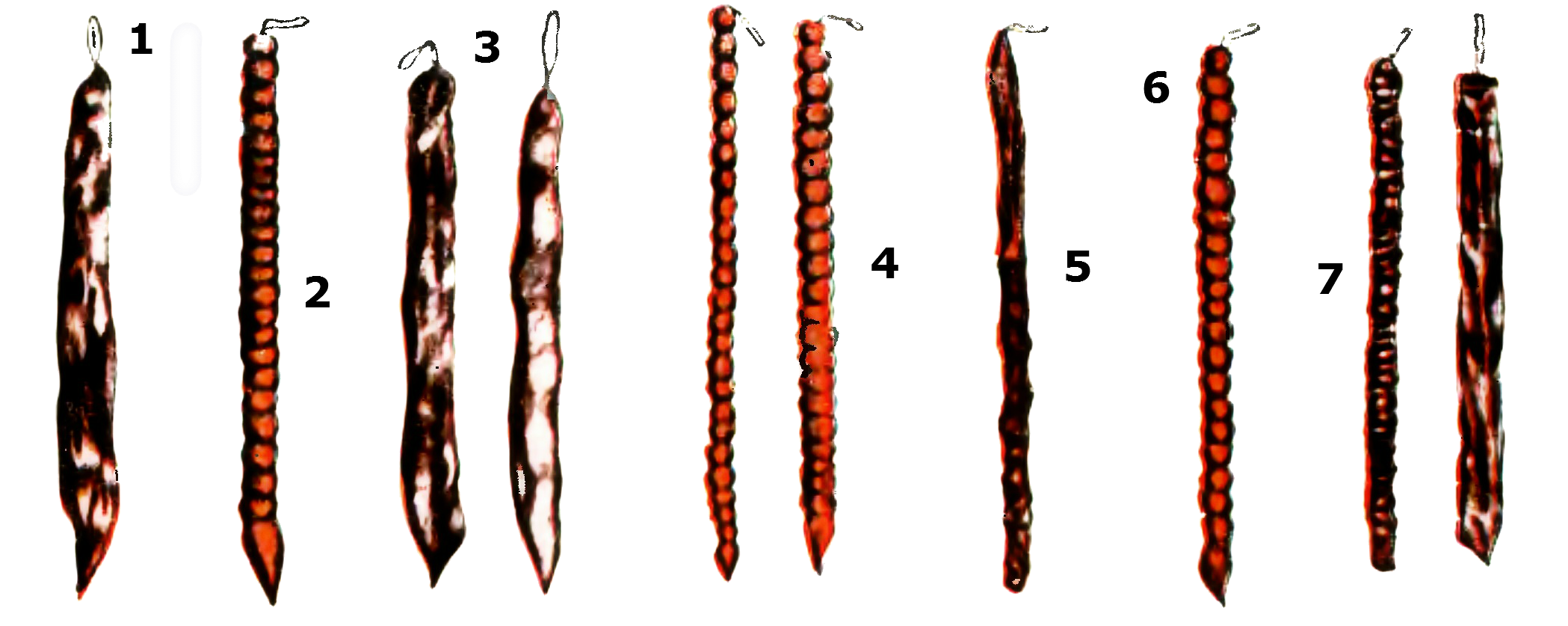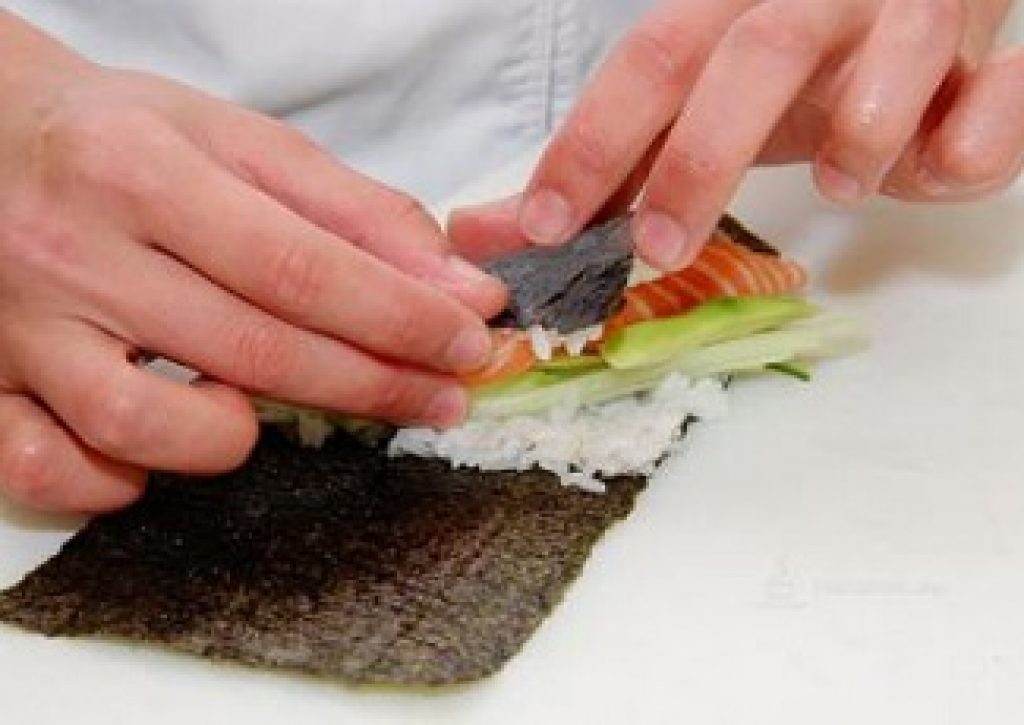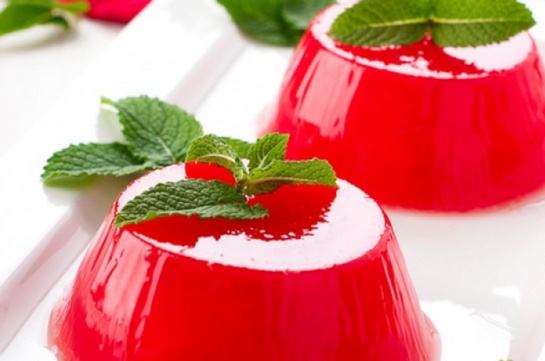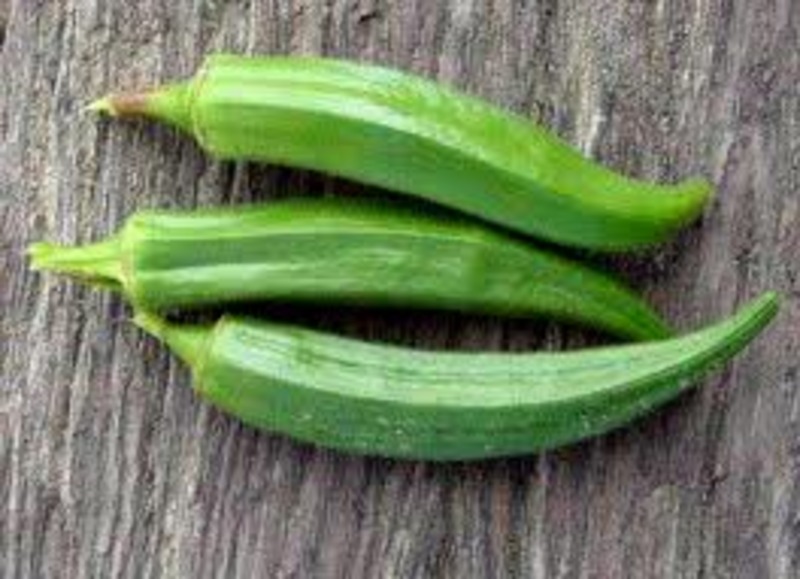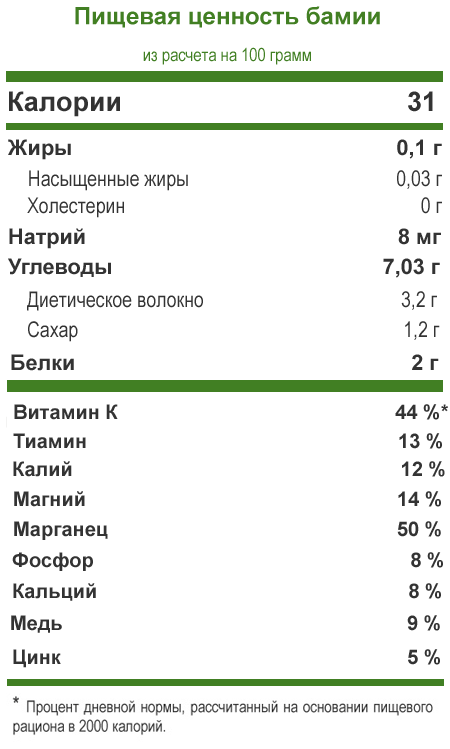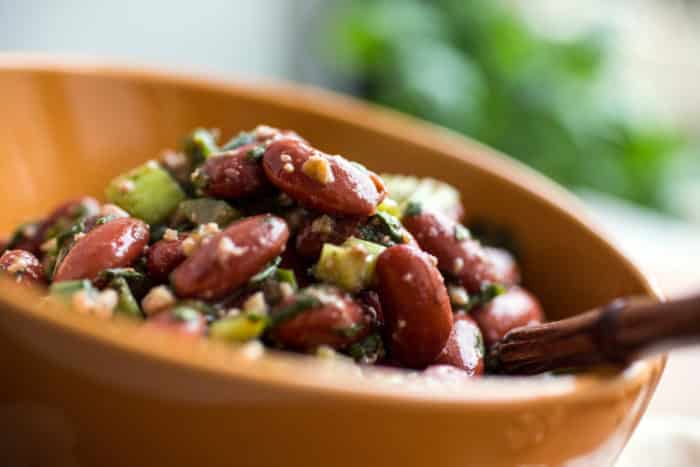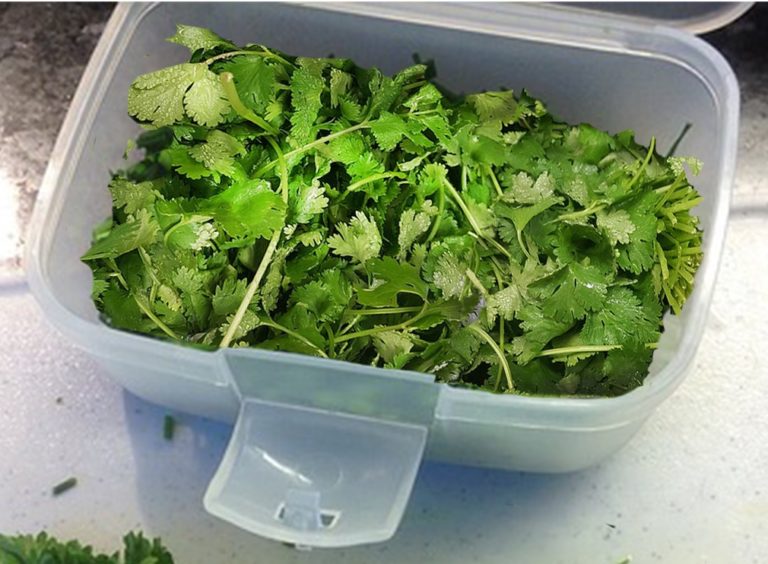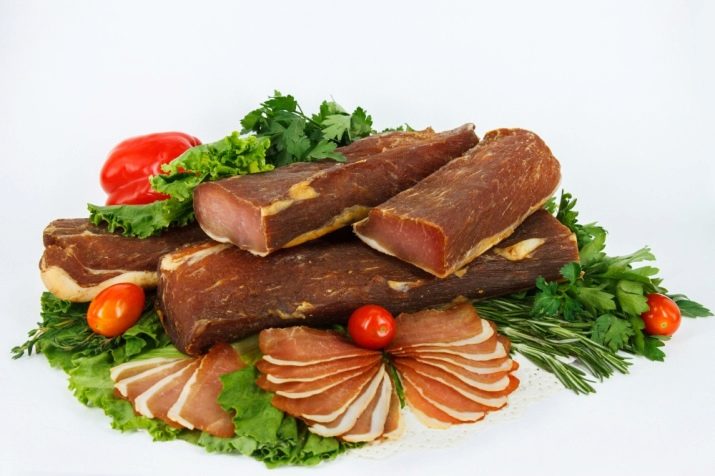What is churchkhela and how is it useful. How do churchkhela
H urchekhela is an oriental delicacy. It is made in the Russian Caucasus, in Georgia, Abkhazia, Armenia, Azerbaijan, as well as in Iran, Afghanistan and other countries.
They were probably seen, and most likely, tried by one who at least once visited the market in these regions. Gray, yellow, dark cherry sausages resembling bead threads or long twisted candles. Sweet, sour, sweet and sour, with a hint of honey and always equally tasty. This is churchkhela. They make it from condensed grape juice, nuts, dried grapes and flour.
Not all grapes can be used to make churchkhela. Varieties that accumulate a large amount of extractives, carbohydrates, organic acids and vitamins are optimally suitable.
In short, churchkhela is not only tasty, but also healthy and nutritious. That is why shepherds with nut-stuffed sausages drove flocks of sheep to mountain pastures. However, the most important place of churchkhela is on the table, when meat is eaten, and in the arbor from vines there is a leisurely conversation over a glass of good dry wine.
The taste and appearance of churchkhela depends on the manufacturing method. Several of these methods are known, and they bear the names of the respective regions. We will tell, for example, how to prepare churchkhela in Kakheti.
 Some types of churchkhela. Kakheti (1), Imereti (2), Kartli (3), Gurian (4), Lechkhum (5), Mingrelian (6), Abkhazian (7)
Some types of churchkhela. Kakheti (1), Imereti (2), Kartli (3), Gurian (4), Lechkhum (5), Mingrelian (6), Abkhazian (7)
Long before harvesting, walnuts, hazelnuts, almond, apricot and peach are dried in the sun. Almond, apricot and peach kernels freed from the shell are soaked in water until the “peel” comes off and then lightly boiled in sugar syrup. Thus prepared kernels and nuts are strung on stern strings 25-30 centimeters long.
The next step is the preparation of flour. Selected peeled wheat grains are thoroughly washed in cold water, dried in the sun, and then ground. Flour is necessarily sifted through the thinnest sieve.
Pre-condensed grape juice - “badagi” - is poured into a thoroughly washed tinned copper pot and heated to about 30 degrees. Here begins the filling of flour. The fire is gradually intensified and the mass is continuously stirred with a wooden spoon so that lumps do not form. The readiness of the mass - the "Tatars" - is determined empirically: one or two threads with skewered nuts are lowered into it. If the mass adheres well to the nuts, the Tatara is ready. Then the whole batch of prepared threads is immersed in it. After the first “dipping”, churchkhela is hung on the poles and dried for 2-3 hours, then dipped in the “Tatara” a second time, and after that it is hung out for final drying. Drying lasts 15-17 days. Then the churchkhels are removed and put into boxes (shifting the rows with matter) for ripening.
In Kakheti churchkhela, walnut predominates in the filling. Its color is brownish-white with a white coating of sugar. Hazelnut filling makes sausage stiffer.
Imereti churchkhela is much thinner than Kakheti. It has less sugar, and the color is yellowish brown. Kartli churchkhela of brownish-brown color is deliciously sweet, with a slight acidity; its basis is a thread with strung dried grapes.
Walnut Churchkhela Recipe
(from the book by V. V. Pokhlebkin “National Cuisines of Our Peoples”)
2 liters of grape juice
200 g peeled walnuts
200 g wheat flour
100 g sugar
1. Peel nuts, string large pieces (preferably whole halves) on a stern string 20–25 cm long, tie a piece of a match to one end (bottom) and make a loop on the other (top) when the stringing is complete and a bundle is obtained .
2. Prepare tataru: boil grape juice over low heat in a metal bowl for 2-3 hours, gradually adding sugar, stirring and removing foam all the time. Then allow the liquid to cool slightly and in a still warm (below 45 ° C) pour in the flour gradually, stirring it immediately to prevent the formation of lumps. After obtaining a homogeneous mass, boil again over low heat, stirring until a jelly-like state and boiling for a quarter of the original volume.
3. Three times immerse in a hot tartar for half a minute each bunch of nuts (with an interval of 5 minutes).
4. Hang the received churchkhela in the sun and dry until it stops sticking to your hands, but is still soft to the touch.
5. Wrap dried churchkhela in a linen towel and leave it to ripen in a dry, ventilated room with moderate temperature for 2-3 months. The ripened churchkhel should not lose its softness. It should only be covered with the finest coating of powdered sugar that appears as a result of aging and ripening.
Each country has its own national dishes. Churchkhela - what is it? Many people ask this question. Only in Georgia can you try this outlandish sweetness. Everyone who was in this unusual country could see strange-colored sausages in the bazaar. They are translucent, sparkling and eye-catching.
What is the use of this treat? Is it possible to cook it yourself?
What is unique?
What is churchkhela, Wikipedia claims - it is a national Georgian delicacy made from nuts and grape juice. The dish is also popular among the peoples of the Caucasus. The composition of churchkhela is simple - flour, grape juice and nuts. What is the use of eating such a delicacy?
- satisfies hunger well;
- nutritious;
- easy to digest;
- stored for a long time;
- composed of many useful substances;
- high calorie content;
All this already in ancient times made churchkhela in demand. Such sausages were popular with warriors. They were light, well satisfied hunger and could be stored for a long time. Now it can be found in any Georgian bazaar. It arrives in stores in other countries.
What happens churchkhela? Is only Georgian this dish?
 This delicacy can be found in different versions in any eastern country: Armenia, Greece, etc. The modern spread of dessert has led to the appearance of various modifications of the original composition. Churchkhela is not only a sweetness based on grape juice. Today, juice can be pomegranate, and apple, and any other. The color of the final product depends on the raw materials used:
This delicacy can be found in different versions in any eastern country: Armenia, Greece, etc. The modern spread of dessert has led to the appearance of various modifications of the original composition. Churchkhela is not only a sweetness based on grape juice. Today, juice can be pomegranate, and apple, and any other. The color of the final product depends on the raw materials used:
- Bright red color is obtained by adding pomegranate juice.
- Amber color - when using apple juice.
- Orange color - when adding apricot juice.
- Light chocolate color is obtained by adding grape juice.
Today, churchkhela is increasingly being cooked with various unusual additives. As nuts add almonds, cashews, peanuts, you can find supplements of dried fruits and candied fruits. In addition to the fact that there is a natural churchkhela benefit and the harm of which is obvious, there is a modification with the addition of artificial dyes. The latter negatively affects the quality of the product.




Recipes
Many are sure that cooking churchkhela is difficult and dreary. In fact, such a healthy dessert is easy to make on your own, you just need to follow the technology. What can you make oriental sweetness from? From a minimum of ingredients: sugar, grape juice, walnuts and flour. How long does it take to cook? About an hour to cook and a few days to dry the finished product.
First you need to prepare the nuts. Peel them and then fry them over low heat in a dry skillet. This is necessary to cleanse the skins. If you skip this step, the skins will not spoil the taste of the dish, but will complicate the process of eating. You can chop the nuts finely or simply halve them. Pieces need to be strung on a thread. Enough length of 30 cm, after the thread with nuts tied in a loop. A match is tied to the end.
In a metal bowl, you need to boil grape juice. You need to do it for two hours over low heat. Due to this process, the juice will begin to thicken. It is important to constantly remove foam from the surface. Sugar is poured in portions, carefully mixing the mixture and controlling its dissolution.
 The resulting mixture was cooled to room temperature. After adding flour in portions, interfering and preventing the formation of lumps. This mixture is called tatar. She put again on a slow fire and heated. It should be halved in volume and thicken. A thread with nuts is lowered into the Tatars. Gets, dries out a little and falls again. So you need to do two to three times. Then the bunch needs to be hung in the sun or in any other dry room. Willingness was easily determined: as soon as churchkhela stopped sticking to her hands, she could be eaten.
The resulting mixture was cooled to room temperature. After adding flour in portions, interfering and preventing the formation of lumps. This mixture is called tatar. She put again on a slow fire and heated. It should be halved in volume and thicken. A thread with nuts is lowered into the Tatars. Gets, dries out a little and falls again. So you need to do two to three times. Then the bunch needs to be hung in the sun or in any other dry room. Willingness was easily determined: as soon as churchkhela stopped sticking to her hands, she could be eaten.
From the Tatars you can prepare an easy version of churchkhela - pour finely chopped nuts into the jelly and so on. The taste of the final product directly depends on the grape variety used. The best churchkhela will come out of high-quality raw materials, making it easy. Instead of grape juice, you can use any other. Chalk or marble flour in a small amount will help reduce the acidity level of the dessert.
As a variety, you can use a lot of fillers: nuts of all kinds, dried fruits or candied fruits. The cooking technology is the same as with the classic recipe: juice is boiled with sugar and flour, cools. The filler is strung on a thread and immersed in the mixture. The bundle should eventually be covered with a thick layer of juice (at least 2 cm!).
Churchkhela is a good sweet for those who cannot use natural sugar. Because of the combination of juice and nuts, this product cannot be called dietary. Therefore, you need to eat it in moderation, without abusing it, otherwise the extra pounds will not keep you waiting.
Those who visit the south of our country for the first time in their life, especially with great bewilderment, look at small multi-colored sausages sold at bazaars and beaches. They are especially surprised by their unusual name - churchkhela. What is it and how it is being prepared, we will try to find out now.
This is a national delicacy of oriental cuisine. Despite the fact that it is widespread both in Armenia, and in Georgia, and in Azerbaijan, as well as in Greece, Georgians consider churchkhela to be originally their "invention", and even applied for a patent for it. Now, along with khachapuri, chacha and suluguni, churchkhela is the Georgian brand.
Low nut, covered with dried boiled fruit juice. According to legends, this delicacy appeared in antiquity, when warriors, going on hikes, took tasty and nutritious sausages with them, which did not require any hassle in preparation and perfectly restore strength. Since it was often necessary to fight, churchkhela was procured for the future, not being afraid that it would deteriorate. It will definitely last a year, and from the next harvest you can make new tasty sausages with nuts called churchkhela. What is it - you already have an idea. Now let's talk about how it is cooked.

How to cook churchkhela at home
To prepare this product, you will need to stock up on nuts, grape juice, sugar, flour and a harsh cotton thread with a needle. You can take any nuts, although walnuts are traditionally used and are strung on a thread whole, and the walnut kernels are divided into two halves. The optimal length of the nutty low is about 30 cm. This is just enough to ensure that a thick decoction of juice, called Tatara, can cover it with a dense layer. And it is best to choose the length of the thread depending on the depth of the pan in which the syrup will be cooked. The dependence here is this - it should be low completely immersed in the Tatars without bends and kinks.
After all the nuts are tightly strung, you can do cooking Tatars. Three liters of freshly squeezed grape juice is poured into a saucepan (it is advisable not to use an enameled one), a glass of sugar is added to it, all this is put on a small fire. You need to boil the juice with constant stirring until its volume is reduced by half. Do not forget that the foam formed during the cooking process must be removed. What turned out in the end, the Georgians call Badagi.

Pour about a couple of glasses of badagi into a wide bowl and cool the contents. Bred in a cooled syrup two glasses of flour, carefully breaking the lumps formed. To ensure uniformity of mass, it can be wiped through a sieve at the end. We connect both parts of the juice and again send to the fire. Do not leave the stove. You must constantly stir the mass, otherwise it will burn. After the contents of the pan thicken and acquire a luster, you can turn off the fire and consider the process of cooking the Tatars finished.
Letting it cool slightly, take a nutty low and dip it whole in a hot mass. After waiting about 20 seconds, we take out the thread, let it drain to the last drops, and send it to dry. After two hours, repeat the entire sequence of actions. Ideally, the Tatars should reach one and a half centimeters.
Since you will have to make churchkhela in this way for a long time, you can slightly reduce the total time for preparing goodies by tying several threads with nuts to the rail at once and dip them into the tartar at the same time. After you consider that the layer thickness satisfies you, send the semi-finished churchkhela for a couple of weeks in the sun to dry. Readiness can be judged by touch - if it does not stick to your hands, then drying can be considered finished. Now you need to wrap the sausages in a cloth and leave to ripen. After a month, you can treat your admired loved ones with a treat called Churchkhela.
What is it, you now know and, as a true culinary specialist, you can engage in experimentation by changing varieties of nuts and fruit juices. And you can do without a thread, just by mixing the finished Tatara with nuts. This will, of course, not churchkhela in the classical sense, but no less tasty treat.
Churchkhela is a natural oriental sweet made from grape juice and nuts. Churchkhela is a traditional dish in Armenia, Georgia and Azerbaijan, but you can try it not only in the Caucasus: churchkhela is sold everywhere in the resorts of the Krasnodar Territory, as well as in many other cities of Russia. From this article you can find out what churchkhela is and how to cook it.
What is churchkhela?
Churchkhela is a long thin sausage made of thick, frozen juice. Inside Churchkhela nuts strung on a thin thread. Walnuts are usually used, although other options are possible. Churchkhela is traditionally made from grape juice - in this case, it turns dark brown. Nevertheless, now for a more attractive appearance, churchkhela was also made from juices of other fruits.
Churchkhela is an excellent dessert for those who follow the figure, because it is completely natural: juice and nuts are a completely dietary treat. In addition, nuts provide a lot of energy, so churchkhela is perfect for a quick snack during the day.
What happens churchkhela?
Nowadays churchkhela is made not only from grape juice. There are other varieties of it. Colors with the juice of other fruits are more vibrant and attractive, and the taste is also different. The following varieties of churchkhela are now popular:
- Garnet churchkhela has a bright red color.
- Churchkhela with apple juice has a light amber color, sometimes with a green tint.
- Apricot churchkhela has a rich orange color.
- Classic grape churchkhela light chocolate color.
Now often there are more and more non-standard versions of churchkhela. It uses a variety of nuts: cashews, almonds, peanuts or Brazil nuts, and also add candied fruits and dried fruits. Sometimes you can even meet churchkhela of bright unnatural colors with the addition of dyes, but such a sweetness is traditionally Caucasian is not and is not as useful as a natural product.


How to cook churchkhela?
Cooking churchkhela is a rather long and laborious process. Nevertheless, it can be prepared even at home, the main thing is to be patient. Consider the step-by-step instructions for making a national Caucasian dish - classic churchkhela with grape juice and walnuts.
So, in order to cook this delicacy, you need to have the following products on hand:
- grape juice (2 l)
- walnuts (200 g)
- sifted wheat flour (200 g)
- sugar (100 g)


In total of these four ingredients you will make churchkhela. Use a simple step-by-step instruction:
- First you need to lightly fry the nuts over low heat, so that it is easier to separate them from the skin. Make sure that you manage to peel all the nuts well, because the peel will be stuck in the teeth and make the sweet heterogeneous.
- Large pieces of nuts are suitable - it is better to take whole or halves. Using a needle, they should be carefully strung onto a thread. Tie a match to the lower end of the thread. Make about 20-30 cm of nuts on the thread, and then tie the thread on top in a loop.
- Grape juice should be simmered in a metal bowl. In total, you need to cook for about two hours, periodically removing the foam.
- Then gradually pour sugar into the juice, stirring it so that the sugar is evenly distributed.
- Let the juice cool to room temperature.
- Gradually pour flour into it, stirring the substance so that no lumps form. The texture of your mixture, which Caucasians call Tatar) should turn out to be homogeneous.
- Put the container over simmer again. Wait until the volume is reduced by half and the mixture is thick enough.
- In a hot thick mass you need to dip a bunch of nuts, wait 5-7 minutes until it dries, and dip another two or three times at the same interval.
- Do the same with each bunch of nuts.
- Churchkhela must then be dried in the sun. She should stop sticking to her hands.
- Wrap churchkhela in a towel and leave in a dry, ventilated place to ripen for a couple of months. After ripening churchkhela will be covered with a film of powdered sugar - this is a normal process. In this case, it should remain as soft.


Natural churchkhela is a tasty and healthy sweet that you can not only buy ready-made, but also easily make it yourself at home. Churchkhela can be a delicious and healthy dessert for those who follow the figure. It is also perfect as a complement to a hearty breakfast or a snack on the road, because nuts give a boost of vitality, and juice nourishes the body with vitamins.
Oriental cuisine has always been famous for its sweets. Among which one of the places of honor is churchkhela. This traditional Georgian delicacy is also widely distributed (under different names) in the territory of Armenia, Azerbaijan, Turkey and even in Cyprus.
Product Description
Churchkhela is a kind of stick of 25-30 cm long made of elastic but soft edible shell (thickened juice), inside of which there are nuts.
It tastes like fruit caramel or marshmallow with nuts. After prolonged storage, it tastes like chocolate. Often it is called "Georgian Snickers."
Each region has its own subtleties and technological methods of making sweets, so its appearance and taste are different. For its preparation, not only nuts and grape juice can be used. You can use pumpkin seeds, apricot kernel seeds, dried apricots, prunes, raisins and other dried fruits together with nuts or instead of them. Grape juice is replaced by other types of juice. The sweetness made from pomegranate juice is considered more refined and expensive.
Imereti, Abkhazian, Mingrelian, Gurian and other varieties of churchkhela are known. But the most famous among them is Kakhetian.
Churchkhela is such a popular dessert in Georgia that not a single celebration can do without it. And in 2011, the Georgian authorities received a patent for some traditional national dishes, including churchkhela.
How to cook churchkhela at home
The secret to the preparation of this oriental sweet was handed down in the Caucasus from generation to generation for many hundreds of years. Now it, like many years ago, is often made in a handicraft way. Prepare it in several stages:
- Juice preparation. If necessary, the acidity of the juice is reduced by adding chalk to it. Then the juice is boiled for half an hour, defended for about 10 hours, filtered, evaporated in a special boiler until a sugar level of 30-40% is obtained. The boiled juice is again defended for 5-6 hours, then the precipitate is drained.
- Preparation of nuts. Raw nuts are used to make sweets. But they must be ripe and dry. Roasted nuts may be slightly bitter and difficult to string. Sometimes the kernels are soaked in water to peel them or boil a little in a sugar solution. Finished nuts are threaded.
- Syrup preparation. The prepared juice is heated to 30 °, flour is added to it and cooked over low heat, stirring continuously, until it thickens.
- Covering nuts with syrup. A string of strung nuts is dipped in a thick syrup and suspended so that the syrup freezes a little. After a few hours, the procedure is repeated, and so several times until the juice layer on top of the nuts is 1.5-2 cm. It must be taken into account that a very hot mixture will quickly drain off the thread, and the cooled one will stick lumps.
- Drying out. The resulting churchkhela is dried in the sun for 2-3 weeks, until the outer layer hardens, while the product should remain soft.
- Sugaring The dried dessert is stacked in a box, paving each layer with parchment paper or cloth. The next 2-3 months, the sweetness ripens and acquires its original taste and appearance.
Adhering to the classical technology, churchkhela is easy to cook on your own at home.
Chemical composition and calorie content
Churchkhela is a rather high-calorie and satisfying treat. On average, its calorie content is about 400 kilocalories per 100 g. But all calories are easily absorbed by the body.
Churchkhela cooked accordingly with the classic recipe (from walnuts and grape juice), contains:
- Fructose and glucose (30 to 50%);
- Vegetable fats (approximately 15% -25%);
- Proteins (about 5%);
- Organic acids (about 1%);
- Vitamins (B, C, E);
- Trace elements.
There are many varieties of this sweetness. They are slightly different in their chemical composition and calorie content.
Useful properties and contraindications
Churchkhela - the product is not only tasty, but also healthy.
The grape juice from which it is prepared has many useful properties. It lowers cholesterol, improves metabolism, is useful for people with a sick stomach, lungs, liver, heart, and also serves as a prevention of cancer.
Nuts also have beneficial effects on human health and well-being. After all, they contain useful vegetable fats, a complex of vitamins and minerals, as well as volatile (biologically active substances that inhibit the development of pathogenic bacteria).
In addition to all the beneficial properties, it has sweetness and contraindications. It is not recommended for people:
- overweight;
- patients with diabetes;
- with disorders of the urinary system;
- having advanced form of tuberculosis;
- suffering from cirrhosis of the liver;
- pregnant women in the later stages;
- allergic to product components.
Churchkhela has a huge advantage over sweets and other sweets - it is made entirely from natural ingredients.


